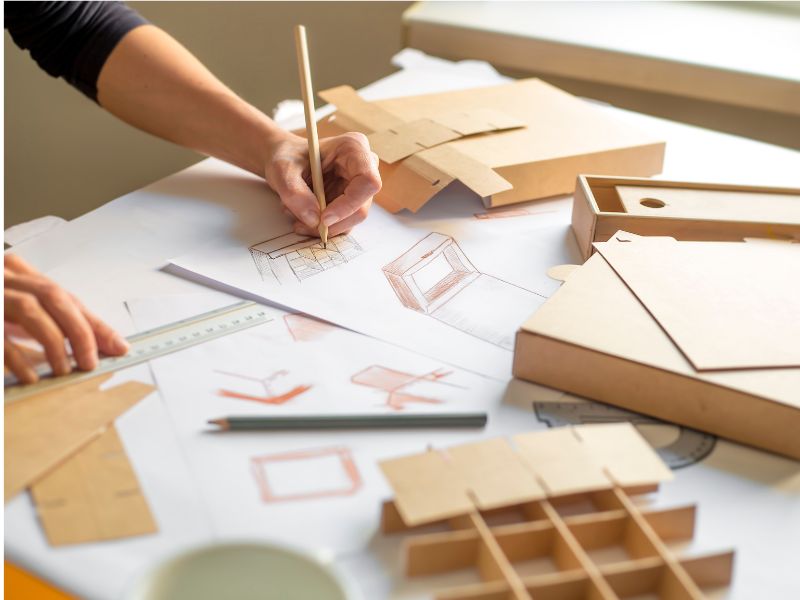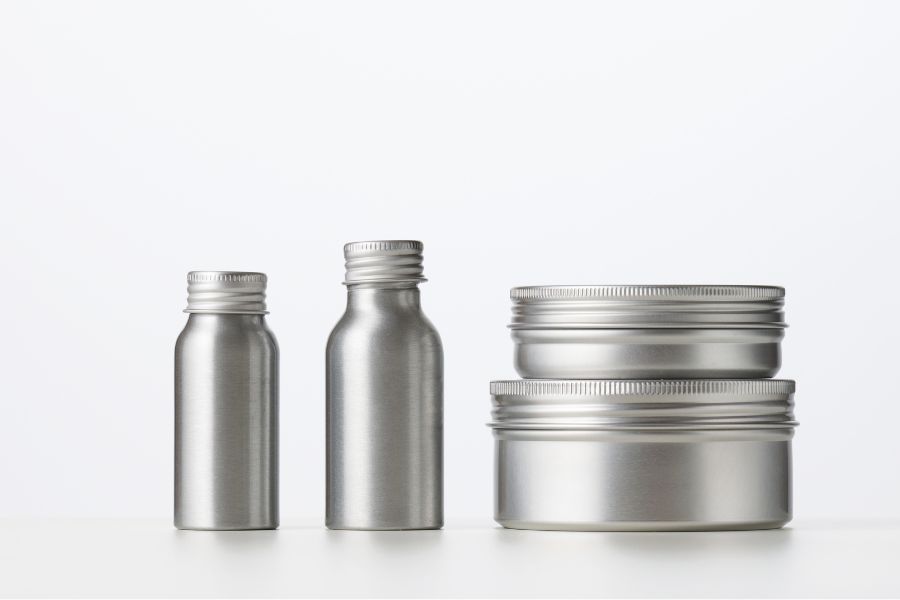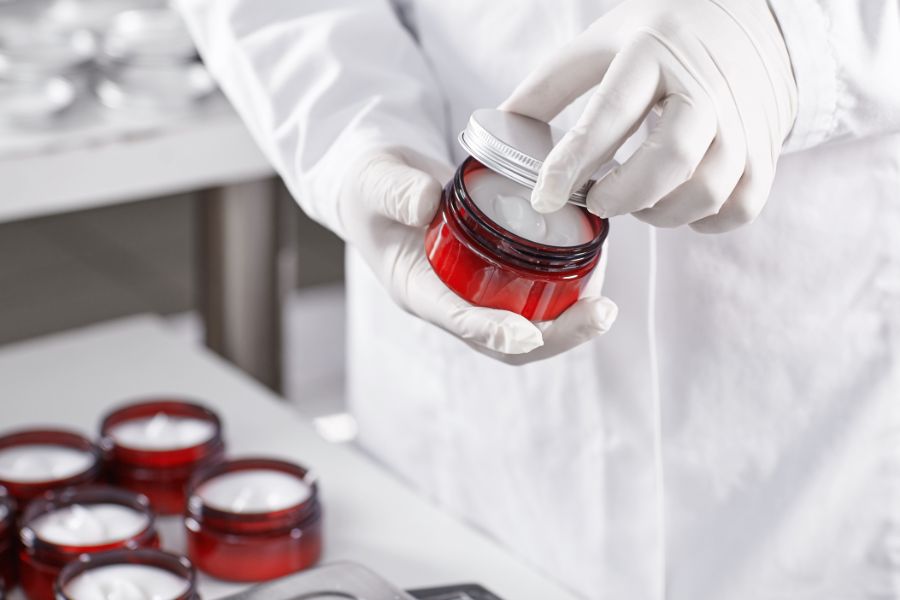KNOWLEDGE
How to Test Custom Packaging Samples for Quality Assurance

Opting for custom packaging over stock packaging offers a range of benefits and advantages that can enhance your product presentation, brand identity, and overall customer experience. Custom packaging offers a more tailored experience for your customers.
While custom packaging often requires an upfront investment, its potential benefits in terms of branding, customer experience, and product protection make it a strategic choice for many businesses looking to stand out in the market. Well-designed packaging can elevate the perceived value of your product. Consumers often associate higher-quality packaging with higher-quality products which can drive revenue and increase your customer base.
If you are considering custom packaging for your products, you need to be sure that the packaging will perform well. Ordering a sample pack of your chosen packaging design and then performing thorough quality assurance tests will give you that confidence. In this article, we’ll cover the basics of what you need to know to get started.
Importance of Quality Assurance in Custom Packaging
When investing in custom packaging, you want to be assured that the production quality of the packaging is going to get your product to the end user safely and effectively. The packaging needs to be strong enough to withstand the shipping process and durable enough to protect the product it holds. It’s essential for the packaging to adhere to all regulations and be compatible with the enclosed product. Factors such as size, material, and overall aesthetic are important considerations. To verify whether the packaging meets these criteria effectively, beginning with a sample is the most dependable approach.
Since you’re going to invest money in your packaging order, you want to be confident that you’ve narrowed down your options to what will work best for your products. Even with an affordable packaging solution, the quality and quantity will greatly affect your overall cost. The most cost-effective thing you can do is thoroughly evaluate a sample of your product and test it out. It’s important to feel the packaging product, see the colors, and inspect the quality personally to be assured that it is going to serve you and your brand well.

Types of Custom Packaging Samples
There are two types of packaging samples you can get: physical and digital. Both have benefits and drawbacks to consider.
Physical Packaging Samples
Physical packaging samples let you inspect the material, feel, look, design, and fit of your product boxes, containers, and other packaging. Only with a physical sample can you determine if your product is truly compatible in size, material, and look. However, this sample option will usually cost more than the digital option, so you will need to weigh the cost against the benefits of having a physical package to test. It is recommended to test your items with physical samples since physical print colors can differ from their digital proofs, packaging may need to meet certain specifications for machinery, or your products may have properties compatible with a limited range of materials. The investment in physical samples and thorough testing can prevent major losses with mass-produced products.
Digital Packaging Samples
A digital packaging sample is a digital copy of the package that you can print to check the color and logo design to ensure they fit your branding goals. This type of packaging will not let you test the fit or feel the quality of the product, but if your primary goal is to make sure the colors are right, a digital print will do the job. It will also cost less than a physical packaging sample. If you need to ensure the colors are right but don’t need to touch the sample and you feel confident the product will fit based on measurements then this is the route to go.
Common Quality Issues in Packaging
-
Insufficient Structural Integrity: You need your packaging to be strong enough to hold your product and ship it safely. Structural integrity ensures the container doesn’t collapse or otherwise fail.
-
Inadequate Material Durability: In addition to holding its shape, you need the material to not be compromised while holding your product.
-
Inconsistent Print Quality: The printing on your packaging is a key component of your branding, so you want to be sure there is consistency in your print quality.
-
Inaccurate Dimensions: When packaging delicate items, precision is vital, so inaccurate dimensions are a serious quality control issue.
-
Weak Seals or Closures: Similarly, you need to know that the product will not be tampered with or potentially leak, so it’s vital to make sure it seals properly.
-
Poor Adherence to Design Specifications: Not all packaging manufacturers give the same level of detail to their products, so double-check that they adhere to the design specifications you outline.
-
Compatibility Issues: Make sure the materials are compatible with the product you’re housing inside and won’t contaminate or damage it.
-
Inadequate Protection: The product packaging needs to adequately protect the items inside the package.
-
Ineffective Tamper-Evidence: There are many levels of tamper-evidence depending on your product and industry, check that your samples meet the necessary protections for your product.

11 Steps for Conducting Effective Packaging Sample Tests
Packaging samples are vital to ensure that you have packaging that fits your product and branding, but you need to know what to do when you get the sample package in your hands. Follow these steps to make sure you have a high-quality product.
1. Define Testing Objectives
While waiting for the sample pack to arrive, determine what your testing objectives are. What are your priorities for your packaging? Testing objectives may include:
- Testing packaging’s physical performance under a variety of conditions
- Testing the packaging compatibility with your product
- Testing the packaging’s response to varied environmental conditions
- Checking the labeling for compliance and industry requirements
- Investigating whether the printing matches your brand’s goals.
2. Select Representative Samples
Next, talk to several packaging manufacturers to see what types of samples are available that match your criteria. Select representative samples across your product line to use as an example to build your custom packaging around. There are a variety of product packaging options that you can request samples of including bottles, jars, buckets, pails, cans, and drums. All these products are also available in various materials such as plastic, glass, metal, paperboard, or other natural fibers depending on the product. Ask manufacturers to see a selection of samples of all of the types of packaging you anticipate using can help you narrow down your design decisions for your custom packaging.
3. Conduct Visual Inspection
When the samples arrive, visually inspect them. Do the printing and artwork match your vision? Do the material and finishes look professional? Does this packaging align with your brand image? Does the overall quality match what you’re trying to convey? Thoroughly look over the packaging before moving on to the next step of testing to ensure it matches the look you want.
4. Perform Physical Tests
Conduct tests in different environments to ensure the packaging will hold up under your typical use scenarios. Control the environment to mimic real-world scenarios. During this step, you will test the packaging against:
- Vibration
- Shock
- Drop
- Impact
- Compression
- Mechanical handling
- Chemical exposure
- Pressure
- Seal integrity
The types of tests performed will depend on the type of product you ship, but these are the general choices.
5. Assess Material Performance
After testing the material, see how it held up. Did the packaging get damaged from environmental impact or shipping scenarios? Can you measure any breakdown of the material after putting it through the tests? Assess and record these answers about the product’s performance.
6. Conduct Functional Tests
Functional tests assess the function of the product when customers are using it. For example, you may test out how easy or hard it is to open or what happens to the items inside if the packaging is handled roughly during shipping.
7. Evaluate Print Quality
Check the quality of the printing on the packaging. Compare the CMYK values to those you provided the printer. Evaluate the quality and look of the artwork. Make sure it all matches your branding goals. During this step, make sure you check the shipping, customs, and barcode printing, all of which are vital to having products purchased easily and shipped safely.
8. Consider Environmental Factors
Humidity, air pressure, and temperature can all affect the integrity of packaging, so test materials in a variety of environmental settings. You can also test whether or not the product can be recycled or if it will biodegrade after disposal for your brand’s sustainability goals.
9. Comply with Regulatory Standards
If your product has regulatory standards, such as tamper-proof or childproof lids, warning label requirements, or ingredient list requirements, make sure your sample packaging aligns.
10. Record and Analyze Results
Keep careful records throughout this testing process. If you find concerns, reach out to the manufacturer to have them addressed. Be thorough because these samples give you an opportunity to ensure all aspects of the packaging meet your goals.
11. Implement Corrective Actions
Address any problems or concerns you have during testing. You may even need to consider ordering another sample pack to ensure your concerns are properly addressed. Packaging decisions require a lot of work before making a final selection and you don’t want to rush through the testing process because it can cause even more problems for you down the line and could even lead to damage to your brand’s reputation.

Tracking Your Packaging Quality Metrics
Create a database to track your packaging quality metrics. This will be unique to your business and product because the type of quality metrics you have will vary from those of another company. Make sure the packaging you receive continues to meet your quality standards. If you aren’t getting consistency, then it may be time to make a switch to a different packaging manufacturer.
In addition, don’t just track the quality metrics in-house as it relates to durability and performance. You also want to know that packaging is helping you sell your products. Track the effectiveness of your packaging in the eyes of your customers. Perform A/B testing, track purchase numbers, and conduct focus groups to see what is and is not working in terms of packaging.
Experience the Assurance of Consistent and Reliable Packaging Today!
Packaging is a vital part of your overall marketing efforts, and you can’t afford to make a mistake when choosing it. You need reliability, durability, and consistency. At Paramount Global we source packaging from manufacturers that meet our high standards. We’re the packaging industry experts and have been serving companies like yours since 1976. We provide durable, sustainable, user-friendly packaging that will protect your product and increase its appeal. We also offer custom packaging to fit your marketing goals and storage options in our ISO-certified warehouses. Contact us today to learn more about our packaging options or to start planning your custom packaging.
Hayley is a marketing professional and copywriter with a background in crafting content for a diverse range of industries. She has been writing about packaging and supply chain logistics for Paramount Global since 2022. She specializes in explaining complex topics in a clear and engaging way and is an advocate for sustainability in packaging and supply chain management.
Read More
For over forty years, Paramount has been delivering perfectly integrated packaging and supply chain solutions.
